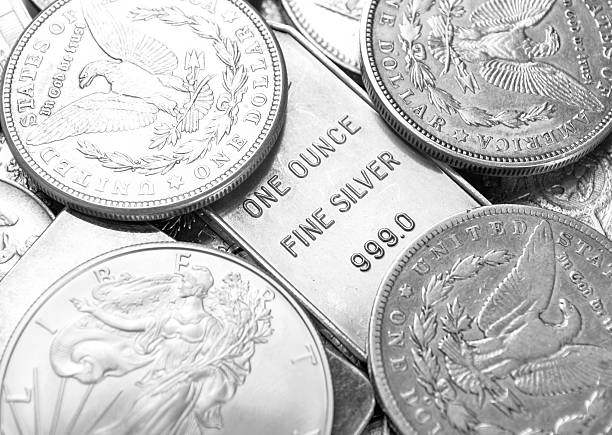As Europe and North America transitioned to the gold standard in the late 19th century, the global demand for silver plummeted, causing its price to collapse. This had severe economic consequences for nations that remained on the silver standard, particularly in Asia and Latin America, where silver had long been the foundation of trade and finance. Countries such as China, India, and Mexico suffered from deflation, trade disadvantages, and economic instability, as their silver-based currencies lost value against gold-backed economies. This post explores how the collapse of silver prices impacted these economies and ultimately forced them to transition away from silver-based monetary systems.

1. Why Did Silver Prices Collapse?
- The Mass Demonetization of Silver
- As major economies like Germany (1871), the U.S. (1873), and France (gradually in the 1870s–1890s) abandoned silver, demand for the metal declined sharply.
- Germany’s switch to gold and its decision to sell off its silver reserves flooded the global market with excess silver, driving prices down.
- The Rise of Gold as the Dominant Monetary Metal
- The gold standard movement gained momentum, with nations increasingly pegging their currencies to gold instead of silver.
- This shift reduced the need for silver in international finance, making it less valuable in global trade.
- Overproduction of Silver from Mining Booms
- Technological advancements during the Industrial Revolution made silver mining more efficient, increasing supply.
- Major discoveries such as the Comstock Lode (USA, 1859) and silver mines in Mexico and Peru further exacerbated the surplus, pushing prices even lower.
2. The Economic Impact on Silver-Standard Nations
1. China: Deflation and Trade Disadvantages
- As silver prices fell, China’s silver-backed economy experienced deflation, meaning that while silver retained its domestic value, it lost purchasing power internationally.
- Since gold-standard countries like Britain and Germany maintained stable currencies, China found itself at a severe trade disadvantage.
- Foreign debts became harder to repay, and China’s economic stability weakened, leading to increased pressure to abandon silver.
2. India: The Rupee’s Decline and the Move Toward Gold
- India, under British colonial rule, used the silver rupee as its primary currency.
- As silver depreciated, the rupee lost value against the British pound (which was on the gold standard), making imports more expensive and hurting Indian trade.
- In response, Britain forced India onto a gold-exchange standard in 1898–1899, effectively ending India’s reliance on silver.
3. Mexico: A Silver-Producing Nation Struggles
- Mexico, one of the world’s largest silver producers, was deeply affected by the price crash.
- Since the Mexican peso was silver-backed, its depreciation caused inflation and economic instability.
- By 1905, Mexico adopted the gold standard, aligning its currency with global trade partners.
3. The Final Collapse of Silver as a Global Monetary Standard
- Silver-Standard Economies Became Isolated
- Nations that continued using silver found it increasingly difficult to trade with gold-standard economies, leading to economic isolation.
- Deflation Crippled Silver-Based Economies
- With silver losing value, prices of goods fell, but debts remained fixed, making economic recovery difficult.
- This disproportionately affected farmers and merchants, who struggled with falling incomes.
- The Eventual Shift to Fiat Currencies and Gold
- By the early 20th century, most nations had fully transitioned to the gold standard or fiat currency systems.
- China, the last major silver-standard economy, abandoned silver in 1935, marking the final end of silver as a primary global currency.
Conclusion: The Global Decline of Silver’s Monetary Role
The collapse of silver prices in the late 19th and early 20th centuries devastated silver-backed economies, forcing them to either transition to the gold standard or create new fiat currency systems. The shift toward gold reflected the changing nature of global finance, where stability and international trade demanded a more predictable monetary system. However, the transition also caused economic hardship, particularly in Asia and Latin America, where silver had been the dominant currency for centuries.
